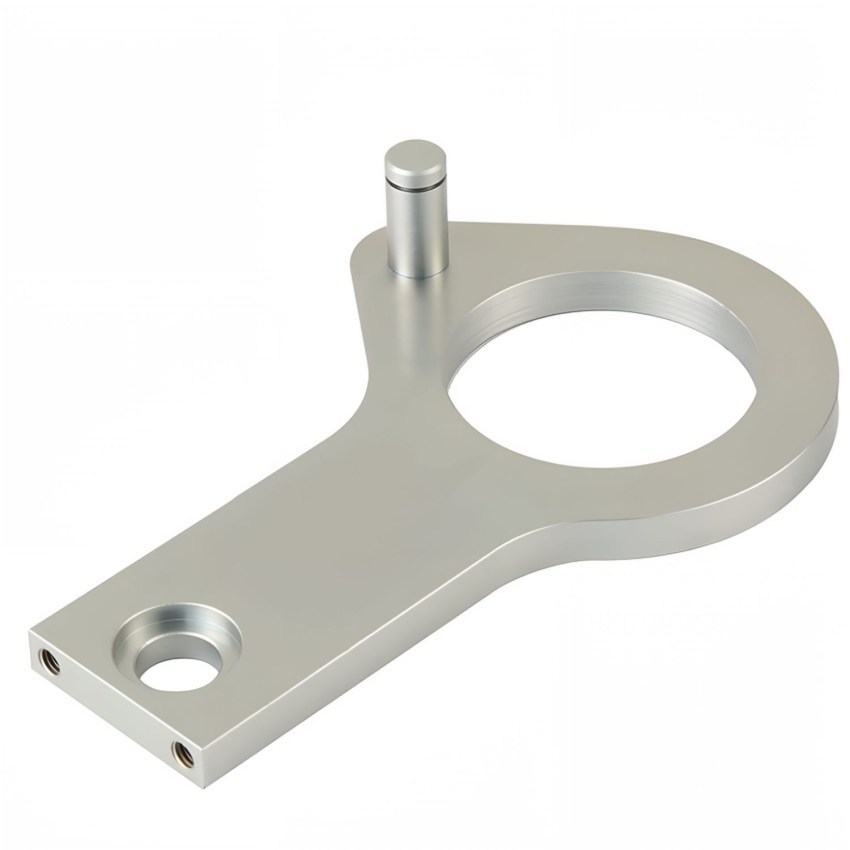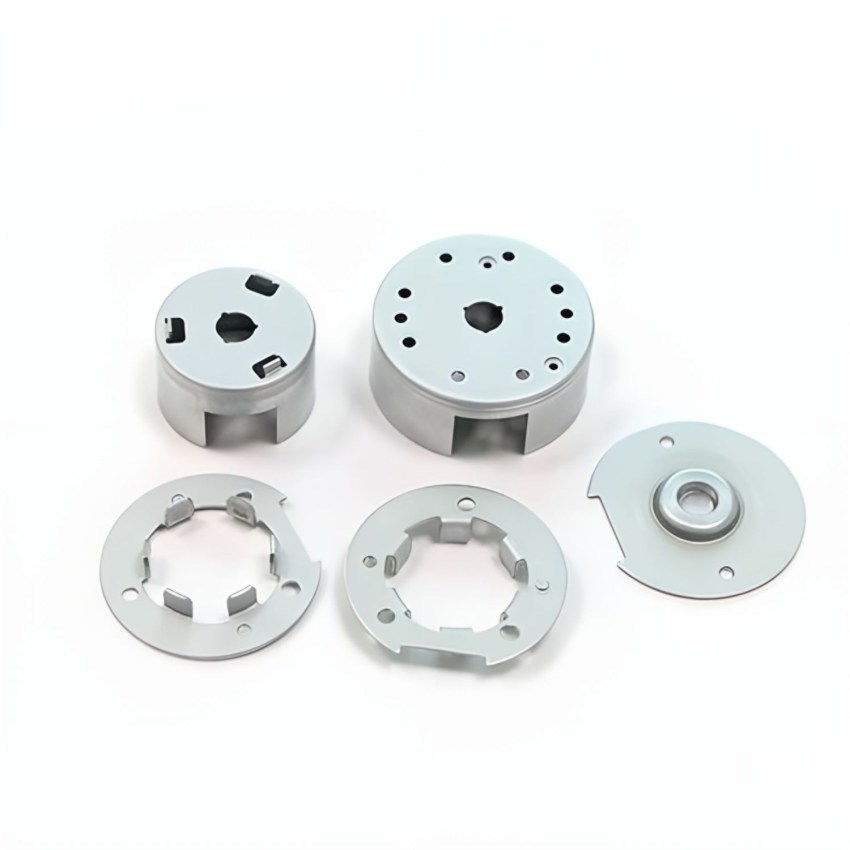The Comprehensive Guide to Aluminum CNC Machining Parts: Insights for the Manufacturing Industry
Release time:
2025-03-18
Aluminum CNC machining parts are essential components in various manufacturing applications, especially in the mechanical hardware processing and parts fabrication industries. CNC, or Computer Numerical Control, refers to the automated control of machining tools through programmed commands, allowing for high precision and efficiency in manufacturing processes. One of the primary advantages of usin

Aluminum CNC machining parts are essential components in various manufacturing applications, especially in the mechanical hardware processing and parts fabrication industries. CNC, or Computer Numerical Control, refers to the automated control of machining tools through programmed commands, allowing for high precision and efficiency in manufacturing processes.
One of the primary advantages of using aluminum in CNC machining is its lightweight yet durable nature. Aluminum offers an excellent strength-to-weight ratio, making it ideal for applications where reducing weight without compromising strength is critical. This is especially important in industries such as aerospace, automotive, and electronic equipment, where every gram matters.
CNC machining provides significant advantages over traditional machining methods. The automation involved in CNC processes allows for greater precision, repeatability, and efficiency. Complex geometries and intricate designs can be produced with minimal human intervention, significantly reducing the likelihood of errors and enhancing the overall quality of the final product. Moreover, CNC machines can operate continuously, increasing production rates and decreasing lead times, which is crucial in today's fast-paced manufacturing environment.
Aluminum CNC machining parts can be customized to meet specific requirements, including various shapes, sizes, and finishes. Common machining processes include milling, turning, drilling, and grinding. Each technique has its own set of advantages, depending on the complexity of the part and the desired finish. For instance, precision milling can create flat surfaces and detailed features, while turning offers the ability to produce cylindrical components with high accuracy.
In addition to its mechanical properties, aluminum is also resistant to corrosion, making it suitable for parts that may be exposed to harsh environments. This characteristic enhances the longevity of the components, reducing the need for frequent replacements and maintenance.
When it comes to applications, aluminum CNC machining parts are widely used across various industries. In the automotive sector, they are utilized in engine components, transmission housings, and chassis parts. In aerospace, they can be found in aircraft fuselages and wing structures. Additionally, the electronics industry benefits from aluminum parts used in heat sinks, enclosures, and brackets that support electronic assemblies.
In summary, aluminum CNC machining parts offer a blend of lightweight strength, precision, and versatility, making them indispensable in modern manufacturing. Understanding the intricacies of aluminum machining can empower businesses to optimize their production processes and improve product quality. As the demand for efficient and high-quality manufacturing continues to grow, aluminum CNC machining will remain at the forefront of innovation in the mechanical and hardware processing industries.
One of the primary advantages of using aluminum in CNC machining is its lightweight yet durable nature. Aluminum offers an excellent strength-to-weight ratio, making it ideal for applications where reducing weight without compromising strength is critical. This is especially important in industries such as aerospace, automotive, and electronic equipment, where every gram matters.
CNC machining provides significant advantages over traditional machining methods. The automation involved in CNC processes allows for greater precision, repeatability, and efficiency. Complex geometries and intricate designs can be produced with minimal human intervention, significantly reducing the likelihood of errors and enhancing the overall quality of the final product. Moreover, CNC machines can operate continuously, increasing production rates and decreasing lead times, which is crucial in today's fast-paced manufacturing environment.
Aluminum CNC machining parts can be customized to meet specific requirements, including various shapes, sizes, and finishes. Common machining processes include milling, turning, drilling, and grinding. Each technique has its own set of advantages, depending on the complexity of the part and the desired finish. For instance, precision milling can create flat surfaces and detailed features, while turning offers the ability to produce cylindrical components with high accuracy.
In addition to its mechanical properties, aluminum is also resistant to corrosion, making it suitable for parts that may be exposed to harsh environments. This characteristic enhances the longevity of the components, reducing the need for frequent replacements and maintenance.
When it comes to applications, aluminum CNC machining parts are widely used across various industries. In the automotive sector, they are utilized in engine components, transmission housings, and chassis parts. In aerospace, they can be found in aircraft fuselages and wing structures. Additionally, the electronics industry benefits from aluminum parts used in heat sinks, enclosures, and brackets that support electronic assemblies.
In summary, aluminum CNC machining parts offer a blend of lightweight strength, precision, and versatility, making them indispensable in modern manufacturing. Understanding the intricacies of aluminum machining can empower businesses to optimize their production processes and improve product quality. As the demand for efficient and high-quality manufacturing continues to grow, aluminum CNC machining will remain at the forefront of innovation in the mechanical and hardware processing industries.
Key words:




